
Systems Integration
Seamless System Integration. Built for Security, Speed, and Interoperability.
We help organizations connect platforms, applications, and data sources into a unified, high-performance ecosystem. Our integration frameworks are designed for flexibility, real-time access, and enterprise-grade security—across cloud, hybrid, and legacy environments.
We only use your info to contact you about your IT needs.

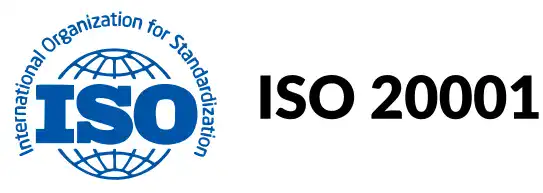
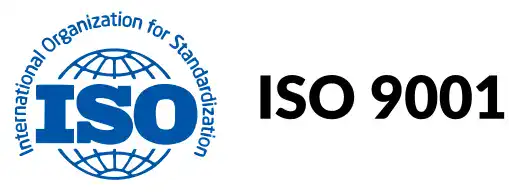
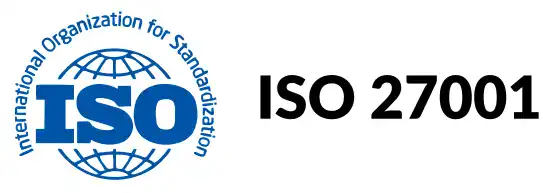
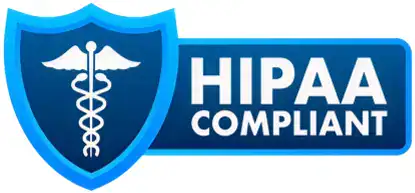


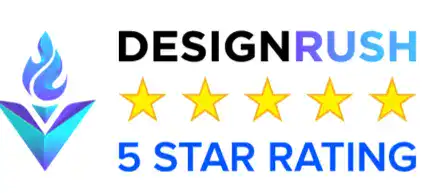

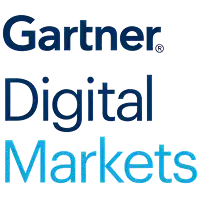


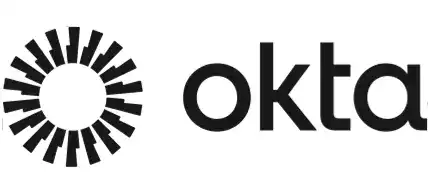
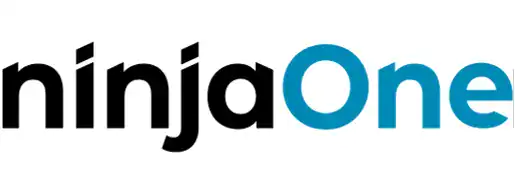









Connected Systems.
Connected Value.
As digital ecosystems grow in complexity, systems integration becomes foundational to performance, agility, and data consistency. Our approach goes beyond APIs—we engineer secure, scalable interfaces between legacy and modern platforms to unlock true interoperability.
From enterprise service buses and API gateways to real-time messaging and low-code orchestration, we deliver tailored integration strategies that align with your architecture, compliance needs, and business objectives.

Services
Core Systems Integration Services That We Offer:

API & Microservices Integration
- REST, SOAP, GraphQL integration
- OpenAPI/Swagger documentation
- API lifecycle management (design, versioning, governance)
- Gateway deployment and monitoring

Platform Integration
- CRM, ERP, and HRMS integration (Salesforce, SAP, Workday, etc.)
- Cloud-native and hybrid system orchestration
- iPaaS enablement and integration templates
- Prebuilt adapters for leading enterprise platforms

Data Integration & ETL
- Real-time and batch-based ingestion pipelines
- Integration with cloud data warehouses (Snowflake, Redshift, BigQuery)
- CDC (Change Data Capture) & stream processing (Kafka, Pub/Sub)
- Master data harmonization

Event-Driven Architecture
- Message brokers (Kafka, RabbitMQ, SQS)
- Event sourcing and pub/sub models
- Idempotent message handling
- Real-time alerts and workflows

Legacy System Interfacing
- Integration via adapters, middleware, and service layers
- Mainframe and AS/400 connector development
- Flat file to API translation layers
- Stepwise modernization of legacy interfaces

Identity & Access Integration
- SSO, OAuth2.0, SAML integrations
- Identity federation with Azure AD, Okta, and Ping
- Role-based access mapping across systems
- IAM support in regulated environments
Architecture-Led. Validated Early. Stabilized at Scale.
We follow a structured, end-to-end integration methodology—governed by architecture alignment, early business validation, and rigorous system testing. Each phase is designed to ensure interoperability, reduce rework, and maintain operational continuity across complex environments.
Our systems integration services enable seamless connectivity across cloud, third-party, and legacy systems. We standardize data flow to reduce complexity and improve scalability. Each integration is engineered for long-term reliability and performance.
Solution Architecture & Planning
- Define the integration blueprint aligned to enterprise systems
- Document interface requirements, protocols, data models, and governance
- Align with InfoSec, compliance, and infrastructure standards
- Plan integration scope, rollout sequence, and key milestones
Build & Configuration
- Develop APIs, middleware, adapters, and data pipelines
- Configure gateways, message queues, and identity integration
- Create reusable connectors and transformation logic
- Deploy test environments with CI/CD and version control
Conference Room Pilot (CRP)
- Business-led walkthrough of configured integration flows
- Validate functional and process alignment before broader testing
- Identify configuration gaps, usability issues, and enhancement needs
- Refine mapping, business rules, and exception handling
System Integration Testing (SIT)
- Test technical correctness across systems, including edge cases
- Validate end-to-end workflows, data integrity, and response handling
- Simulate load, timeouts, retries, and failure recoveries
- Conduct regression and interface compatibility tests
User Acceptance Testing (UAT)
- Business validation using real-world scenarios and data
- Role-based access testing, task completion, and approvals
- Capture feedback for final refinements and go-live readiness
- Sign-off from key stakeholders
Cutover & Go-Live Planning
- Define release steps, rollback plan, and data sync strategy
- Final validation of system readiness and interdependencies
- Schedule phased or big-bang go-live based on impact analysis
- Execute go-live checklist with business and technical owners
Hypercare & Stabilization
- 24/7 monitoring of interfaces, alerts, and performance metrics
- Dedicated team for issue triage and escalation handling
- Rapid response for stabilization and fine-tuning
- Daily check-ins with business and IT during hypercare window
Governance & Continuous Optimization
- Structured reviews via CAB, PMO, and architecture boards
- SLA dashboards, error trend reports, and improvement backlog
- Plan for future integrations, enhancements, and technical debt cleanup
- Documentation handover and support model transition
Recognized for Risk Free Systems Integration

Built for Program Visibility. Validated by Business. Delivered with Stability.
Seamlessly connecting applications, data, and infrastructure to enable unified business operations.
Our systems integration solutions ensure visibility, validation, and stability across your digital ecosystem.
Outcome-Aligned Architecture
We start with clear architectural ownership, ensuring every integration point supports your broader transformation goals, operational model, and security posture. No shortcuts. No mismatches.
Early Validation, Not Late Surprises
Through Conference Room Pilots and structured business walkthroughs, we ensure key stakeholders see the system in action early—minimizing change requests, improving adoption, and reducing friction at go-live.
Delivery with Governance Built-In
From day one, engagements are governed through structured checkpoints—steering committees, CABs, and compliance workflows—so there’s visibility at every layer of decision-making.
Cutover Confidence and Post-Go-Live Stability
We manage transition and go-live like mission-critical launches—with phased readiness, fallback strategies, and dedicated hypercare windows. Your teams stay informed, supported, and in control.
Success Stories
Integration Metrics That Matter
Measured Impact Across Complex Programs
Stakeholder approval rate during UAT and CRP phases, driven by early visibility and business-aligned test cycles.
How We Deliver Value — In Our Client's Words
CIO
“We had over a dozen disconnected platforms across plants and regions. Zazz’s systems integration expertise helped us implement a unified framework that reduced reconciliation delays and gave us real-time visibility. Their team delivered with precision under aggressive timelines.”
VP of Applications
“Zazz took full ownership of our EHR-to-CRM integration. They worked across internal silos, managed HIPAA compliance from day one, and executed CRP and SIT cycles flawlessly. Go-live was smooth, with zero disruption to care delivery.”
Director of Digital Transformation
“What stood out was their ability to work at the system and process level. Zazz mapped every interface across our TMS, WMS, and ERP, delivered well-documented APIs, and provided hypercare that actually resolved issues before they escalated.”
Global IT Lead
“Zazz delivered our integration program across 40+ countries, connecting Salesforce, SAP, and custom finance tools. Their governance structure, rollback plans, and defect traceability gave our exec team complete confidence at every milestone.”
Frequently Asked Questions
How do you ensure seamless integration between legacy and modern systems?
We use adapter-based middleware, RESTful APIs, and integration platforms (iPaaS) to abstract dependencies and enable data exchange across tech stacks. Our legacy system integration approach isolates older systems via staging and connector layers to prevent disruption during rollout.
What integration platforms and tools do you typically use?
We work with leading platforms such as MuleSoft, Dell Boomi, Apache Camel, SAP PI/PO, and Microsoft Azure Logic Apps. Platform choice is driven by scalability, security, and alignment with your enterprise architecture.
How do you handle cross-system data consistency and integrity?
Data validation rules, audit trails, and transaction reconciliation are embedded in our systems integration workflows. We implement master data sync policies and fallback logic to ensure referential integrity across systems.
Can you integrate cloud-native platforms with on-premise infrastructure?
Yes. Our hybrid integration models use secure tunneling, API gateways, and message queues (e.g., Kafka, RabbitMQ) to bridge cloud and on-prem environments with full governance and monitoring.
What is your testing strategy during system integration projects?
We follow a structured QA approach including SIT (System Integration Testing), UAT (User Acceptance Testing), regression, and CRP (Conference Room Pilots). As part of our systems integration services, automation is used wherever possible to validate interface logic and data flow.
How do you manage interface change without disrupting business operations?
Changes are version-controlled and deployed using CI/CD pipelines with rollback plans. Release cycles are aligned to change advisory boards (CAB) and include downtime simulation and dry runs.
How do you handle integrations across multi-vendor systems?
We define interface contracts early, coordinate with vendor APIs, and establish standardized communication protocols (REST/SOAP, FTP/SFTP, EDI). Our systems integration services include governance tracks to manage vendor dependencies and enforce SLAs effectively.
Do you provide post-integration support and monitoring?
Yes. We offer hypercare post-go-live and long-term support with 24×7 monitoring, SLA-bound incident response, and proactive interface health checks using tools like Splunk, ELK Stack, and custom telemetry dashboards.
What security measures are followed during system integration?
All systems integration services follow enterprise-grade security protocols—OAuth 2.0, mutual TLS, role-based access, and encrypted payloads. We implement audit logs, token expiry, and secure secret management as standard practice.
How is governance managed across complex integration programs?
We implement a layered governance model with program steering, technical review boards, and weekly integration stand-ups. Our systems integration approach tracks progress through integration matrices, dependency logs, and milestone-based reporting.
Integrated Systems. Unified Outcomes.
We design and deliver integration solutions that connect platforms, data, and workflows—securely and at scale. From architecture to execution, our approach ensures seamless interoperability, faster decision-making, and operational efficiency.

Talk to Our Integration Delivery Team
Contact now
Connected Systems. Unified Performance.
Enabling interoperability across applications, platforms, and data sources to support cohesive system landscapes.





